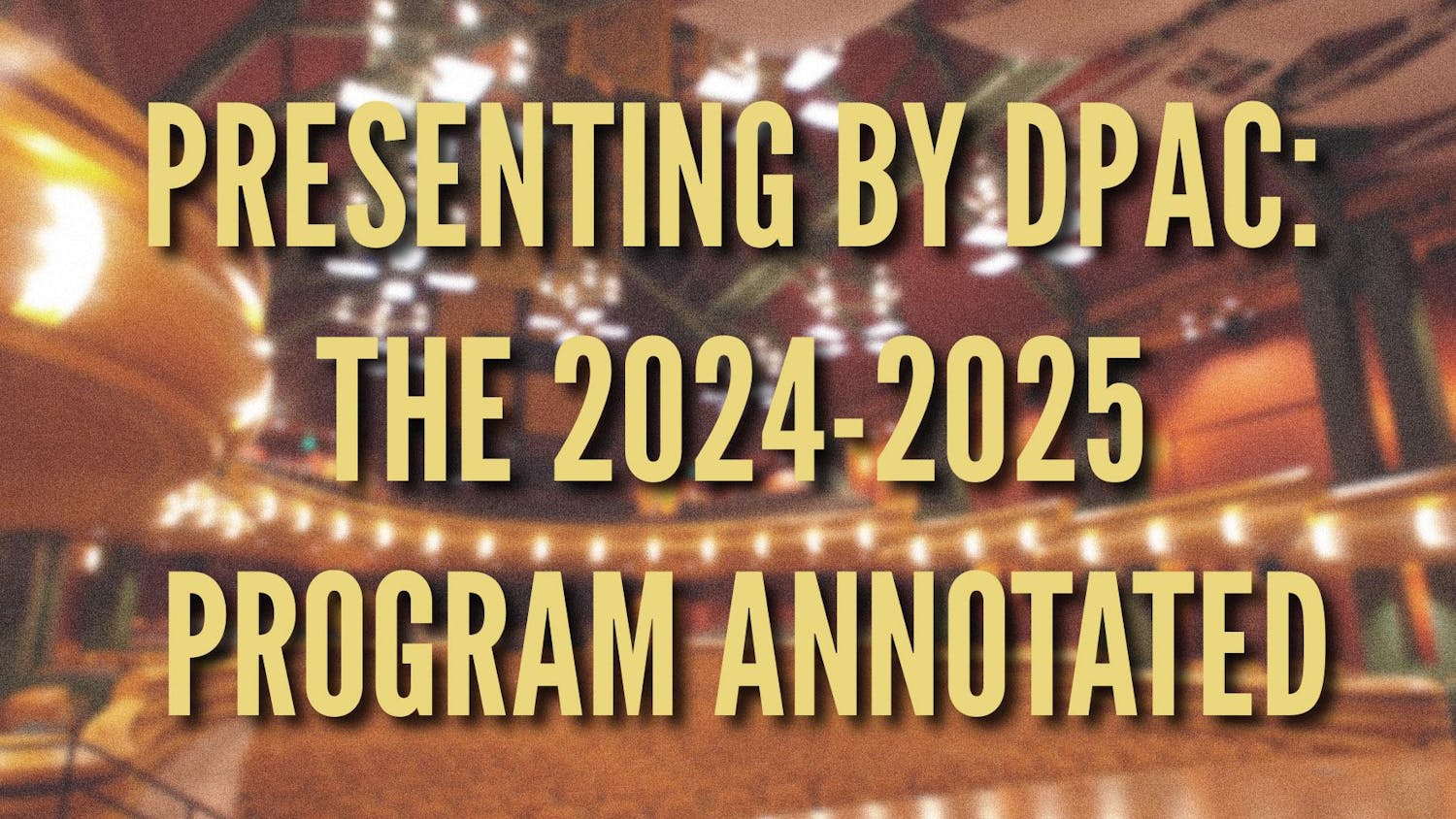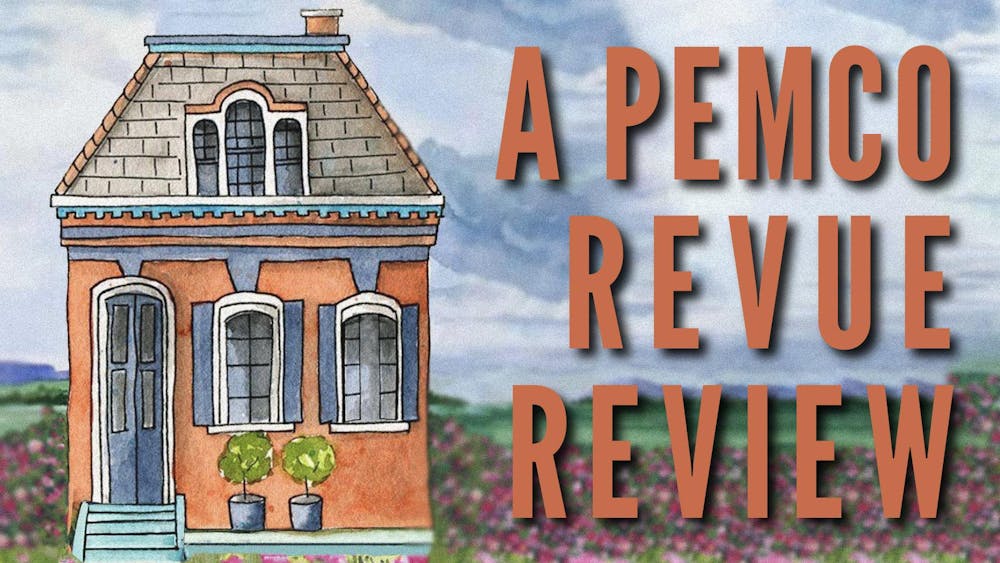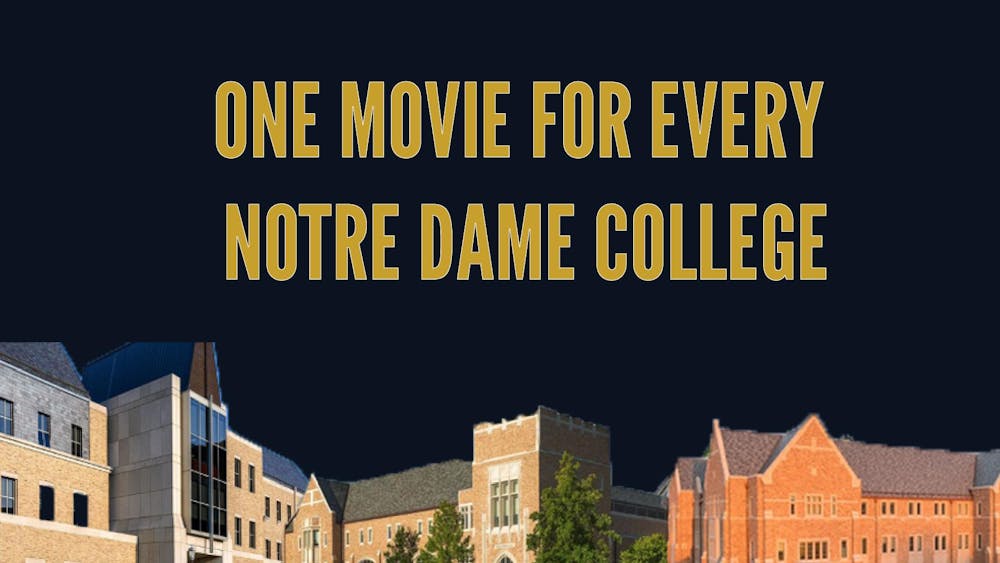Sunday afternoon's 3 p.m. showing of the original "Planet of the Apes" kicks off a new series in the DeBartolo Performing Arts Center (DPAC) called "Sci-Fi Through the Ages." The series was created to complement a seminar taught this semester by Professor Paulette Curtis entitled "An American Key: An Anthropologist Looks at the Genre." There are three more films being screened as part of this: "Brother From Another Planet," "Metropolis" and "Fantastic Planet."
"These particular films were chosen because they are not only entertaining and appealing to a wide variety of audiences but they also provide a compelling historical survey of how American ideals are considered within this popular genre," DPAC marketing manager Kyle Fitzenreiter said.

These films are also the foundation for sci-fi as we know it — perhaps even for cinema as we know it.
"Planet of the Apes" was groundbreaking in 1968 for its use of prosthetics in make-up. It was named one of the best movies of 1968 by www.filmsite.org, and Empire magazine listed it as one of the best 500 films of all time. This film set the stage for well done costuming far before the computer-generated option was available.
The next film in the series, "Fantastic Planet," will show in the Browning Cinema Sept. 12 at 3 p.m. This 1973 animated film is about the subjugation of humans by giant blue aliens. In 1973 it won a special award at the Cannes Film Festival and was nominated for the Golden Palm award. In 1975, the Science Fiction and Fantasy Writers of America nominated "Fantastic Planet" for a Nebula Award in Best Dramatic Presentation.
"Metropolis" will be shown on Sept. 19, also at 3 p.m. This silent film is notable for being a big influence on sci-fi movies we love today, such as "Blade Runner" and "The Matrix." This screening is especially noteworthy because it is being shown for the first time with its original score and an additional 25 minutes of footage. The movie, released in 1927, was made in Germany during the Weimar Republic and is set in a futuristic dystopia. The special effects and visual designs of the movie are especially impressive.
The last film in the series, "The Brother from Another Planet," is about an alien who takes on the image of a mute African American man and tries to live in Harlem. It shows on Sept. 23, at 9:30 p.m. The film, recently restored by the UCLA Film and Television Archive, stars Joe Morton and focuses on his adventures as he tries to adapt to life in Manhattan. The film is a commentary on race through the medium of science fiction.
While the screenings are required for Professor Curtis's class, this does not mean that the rest of us cannot enjoy the movies. These are all sci-fi classics, and show the progression of how the genre went from silent film to the modern CGI. Old effects used to inspire the same grandeur as the ones we see today.












